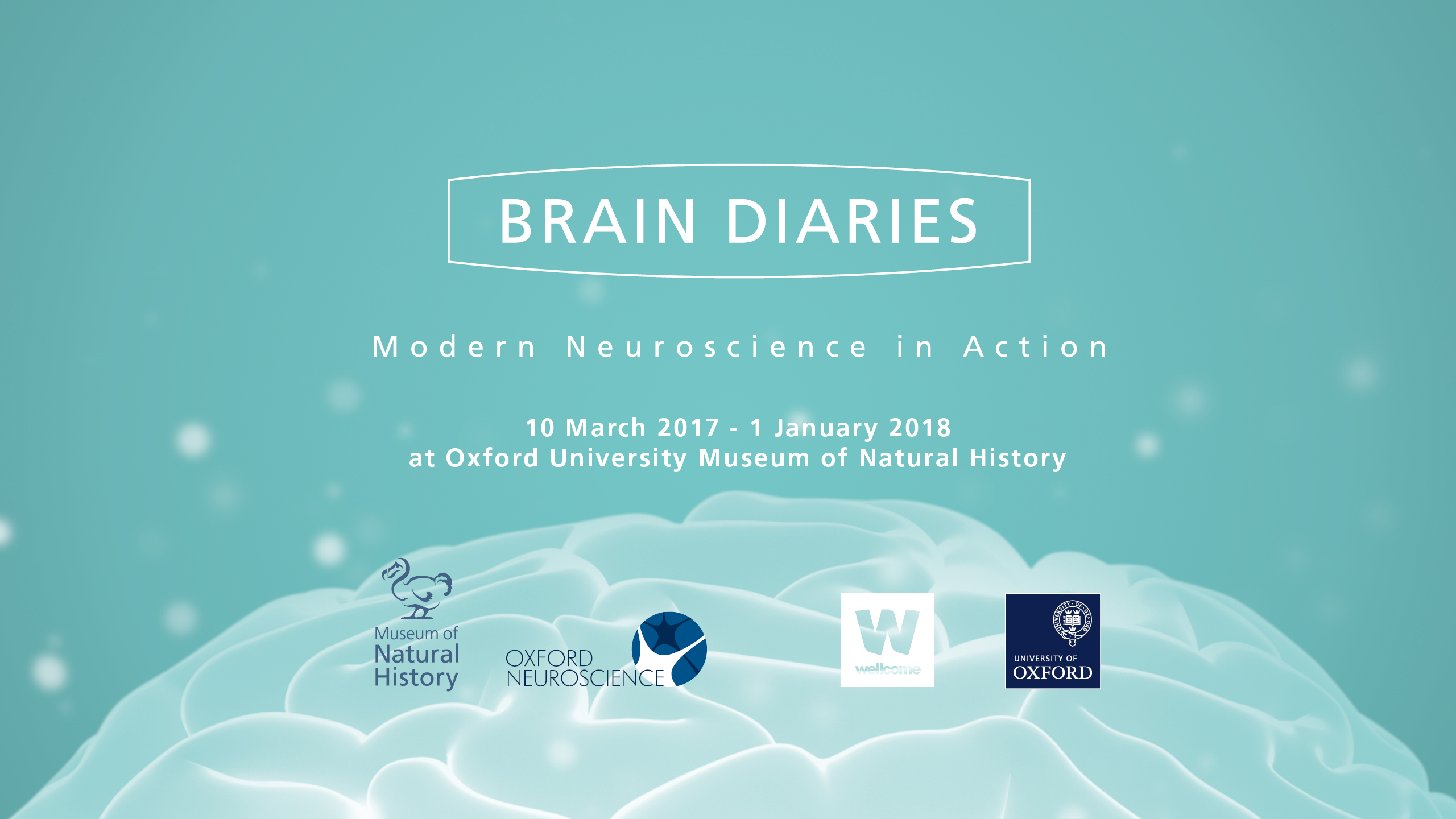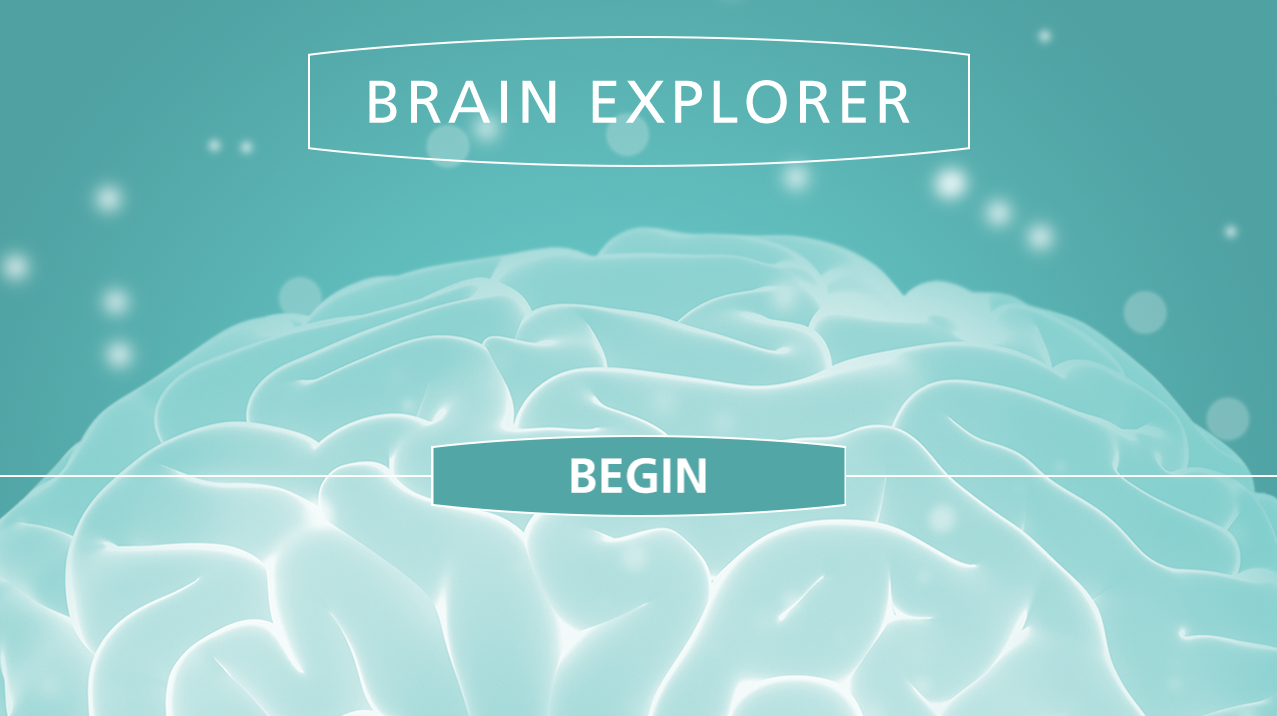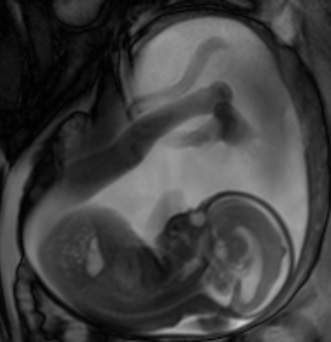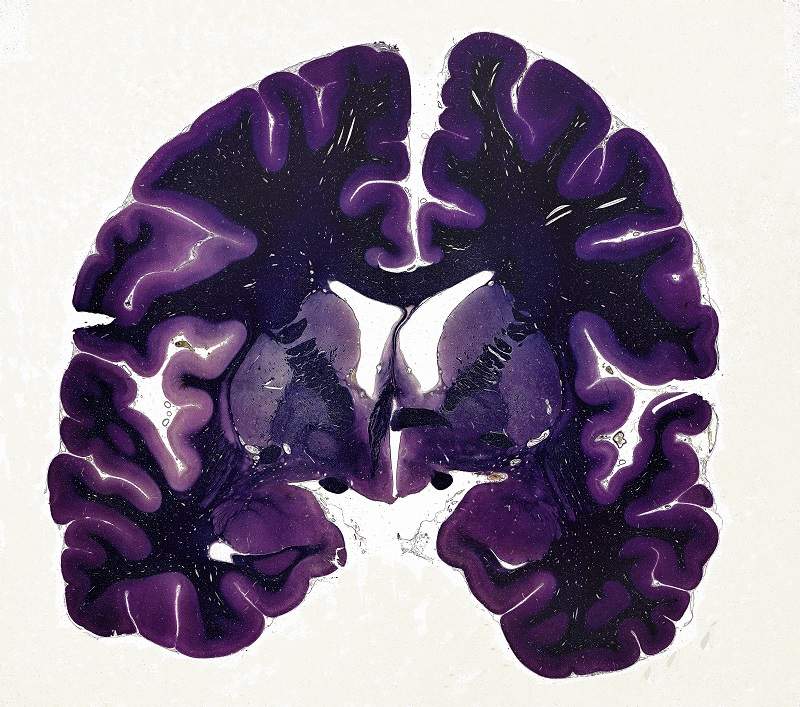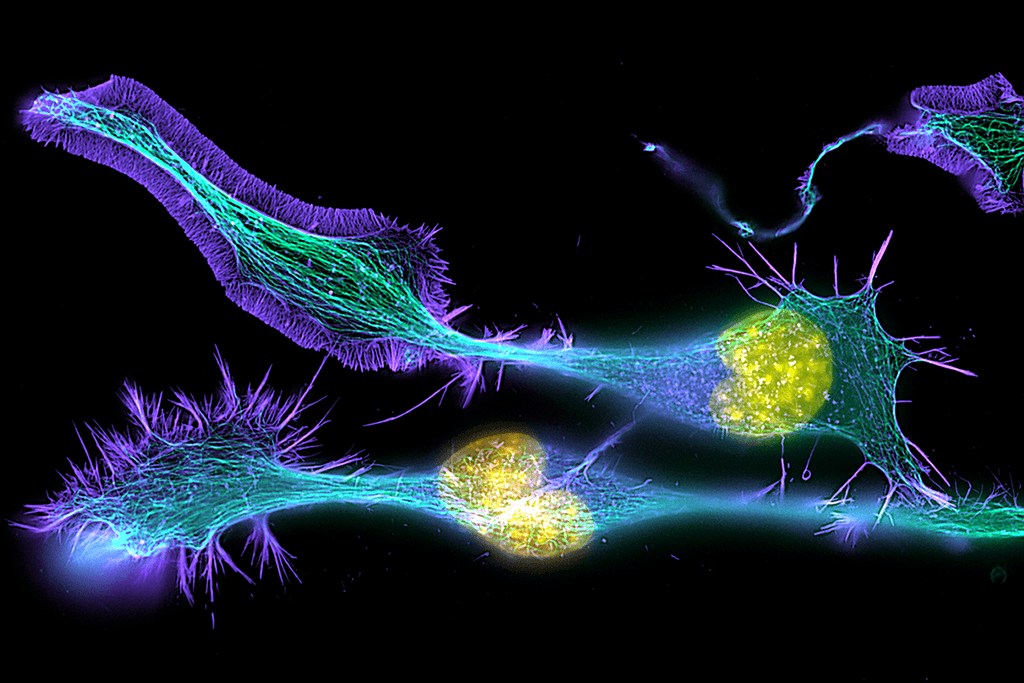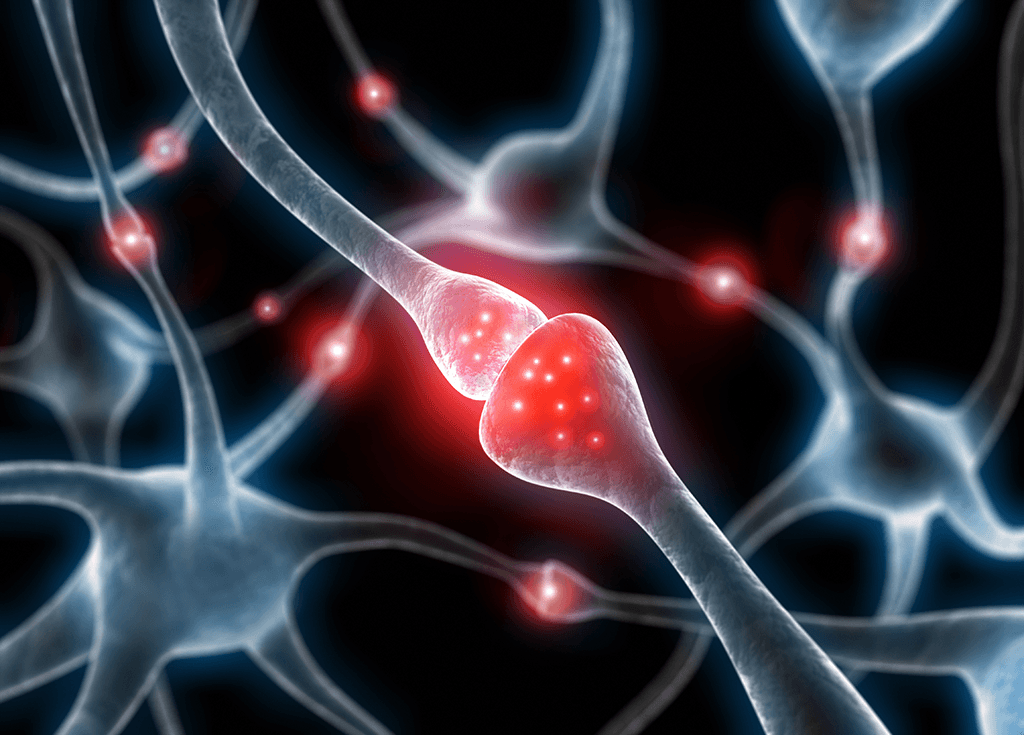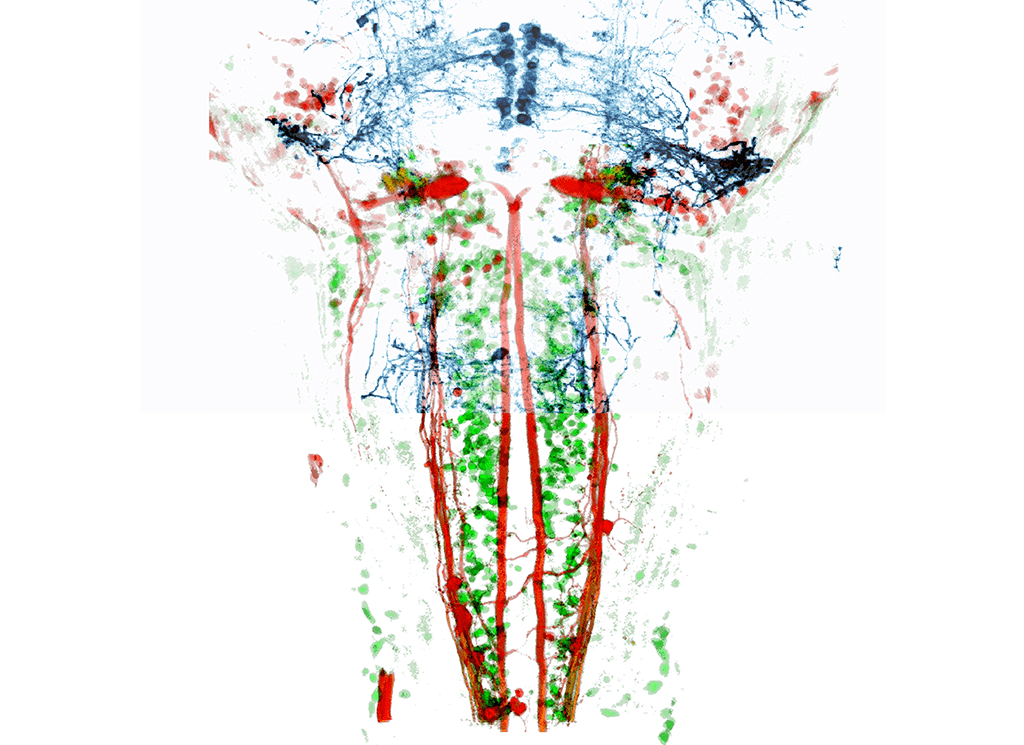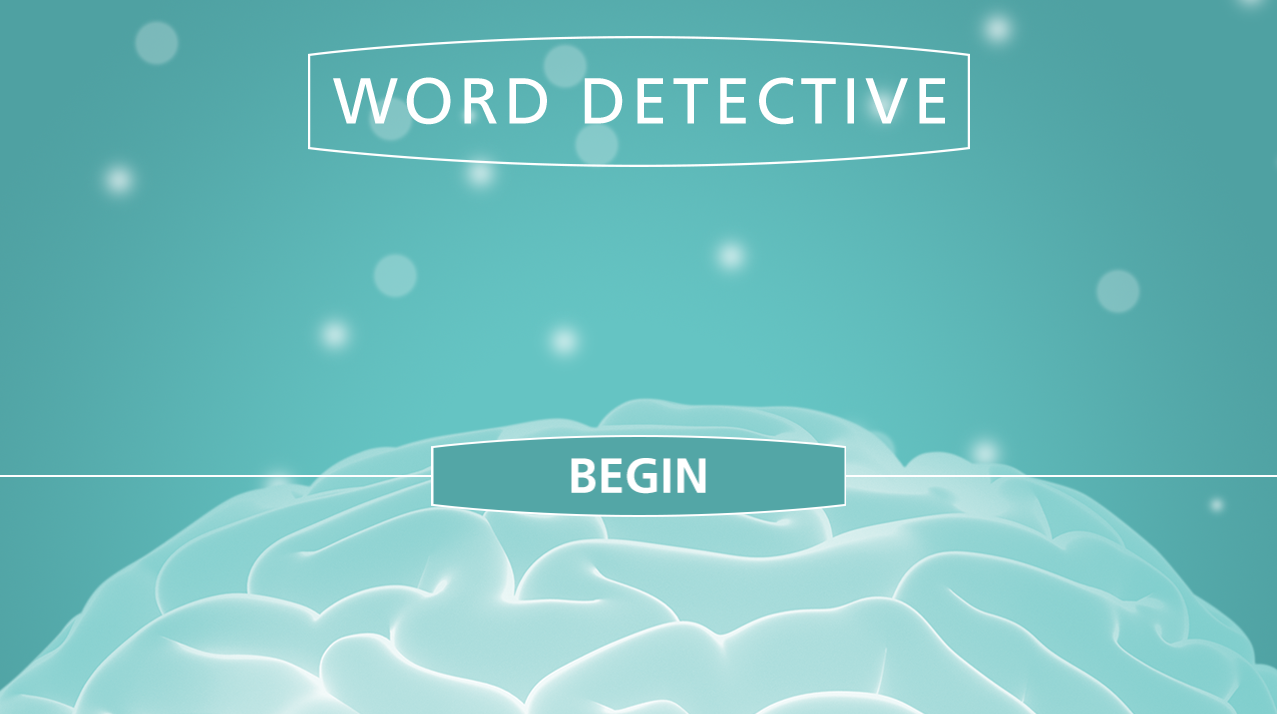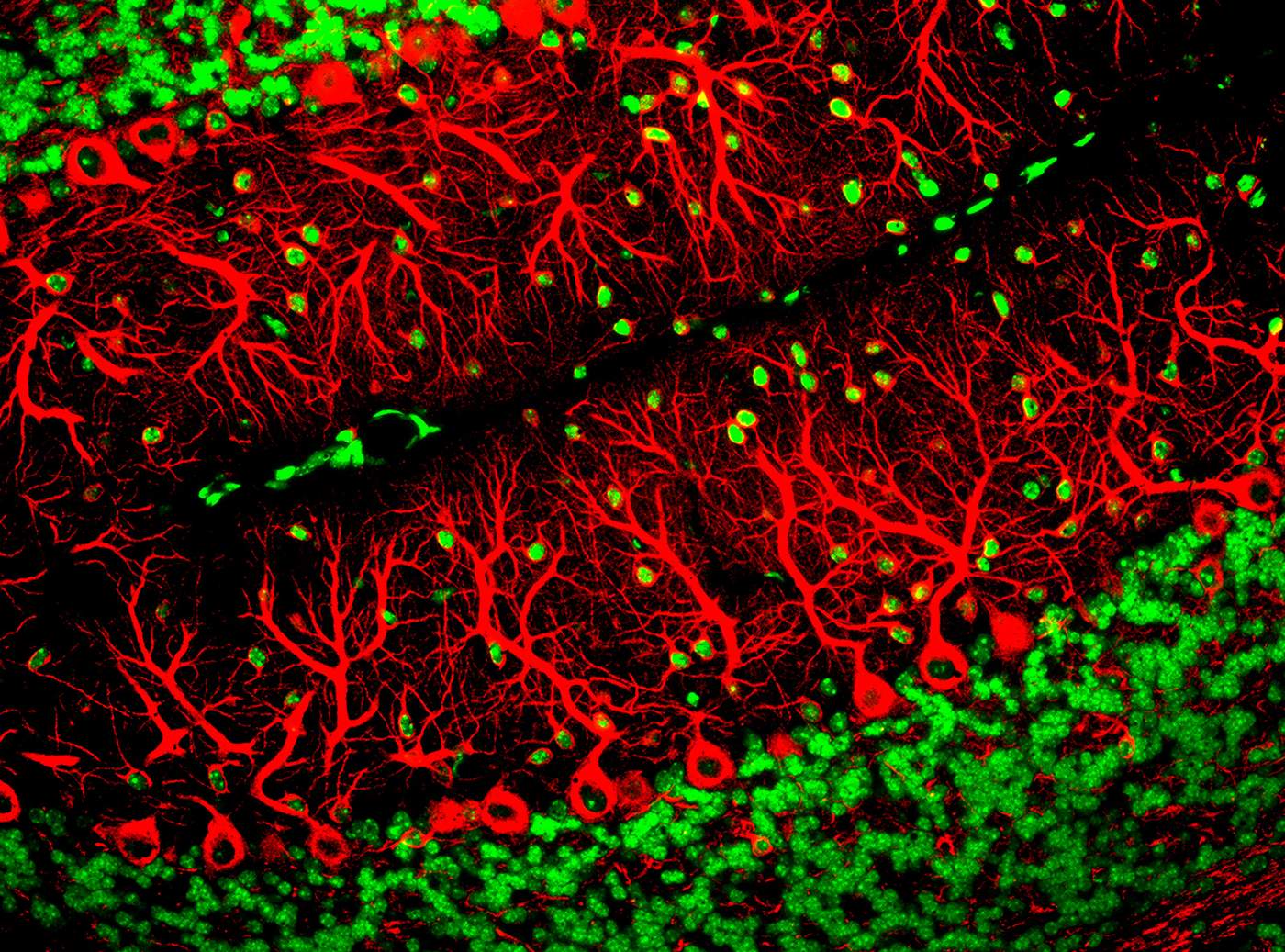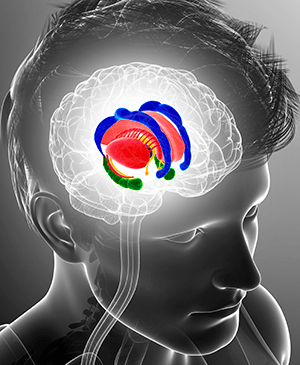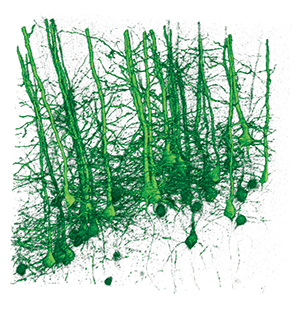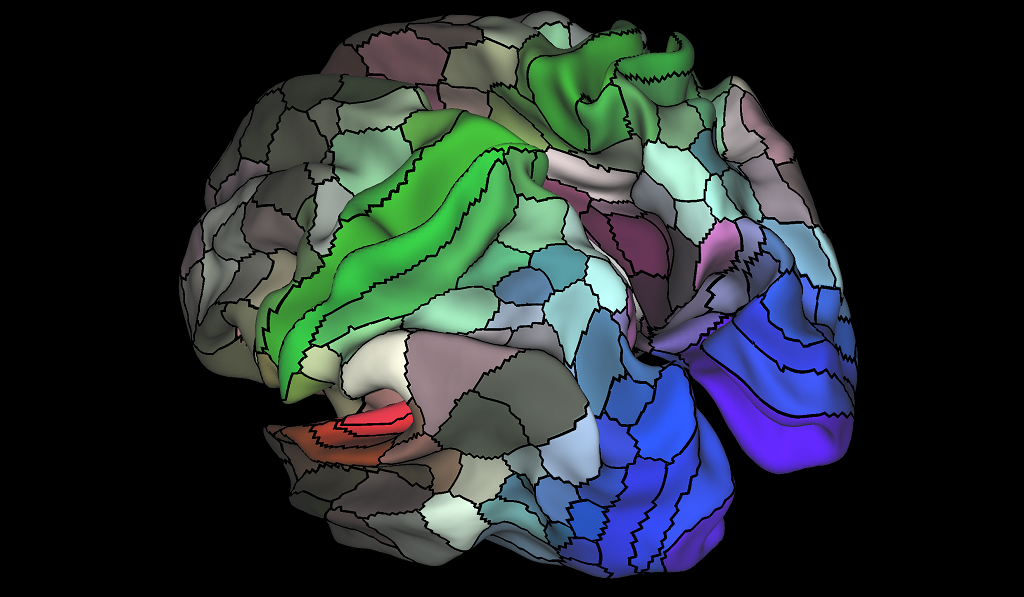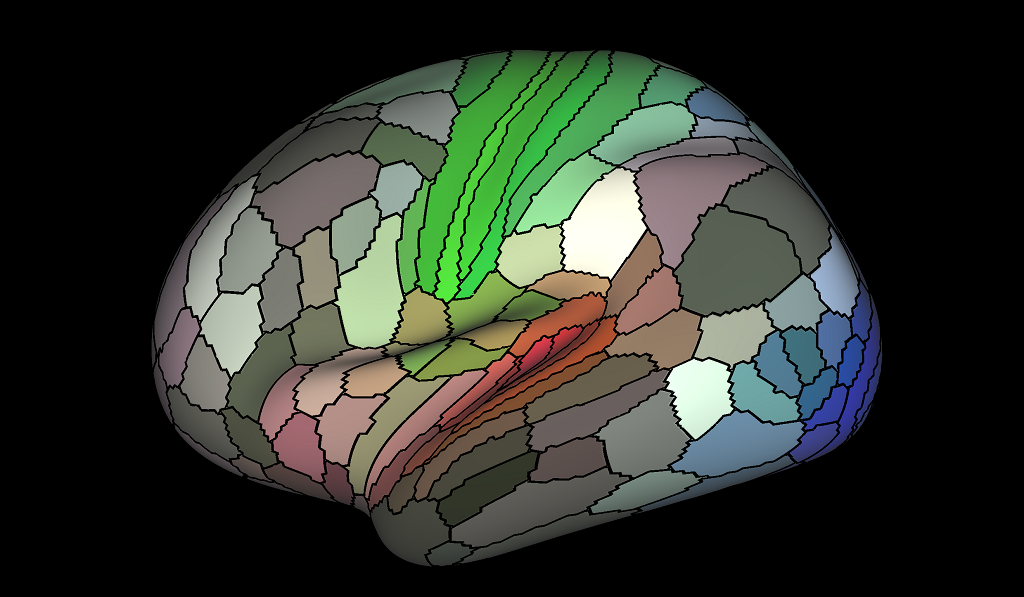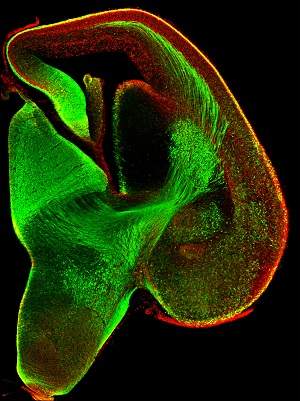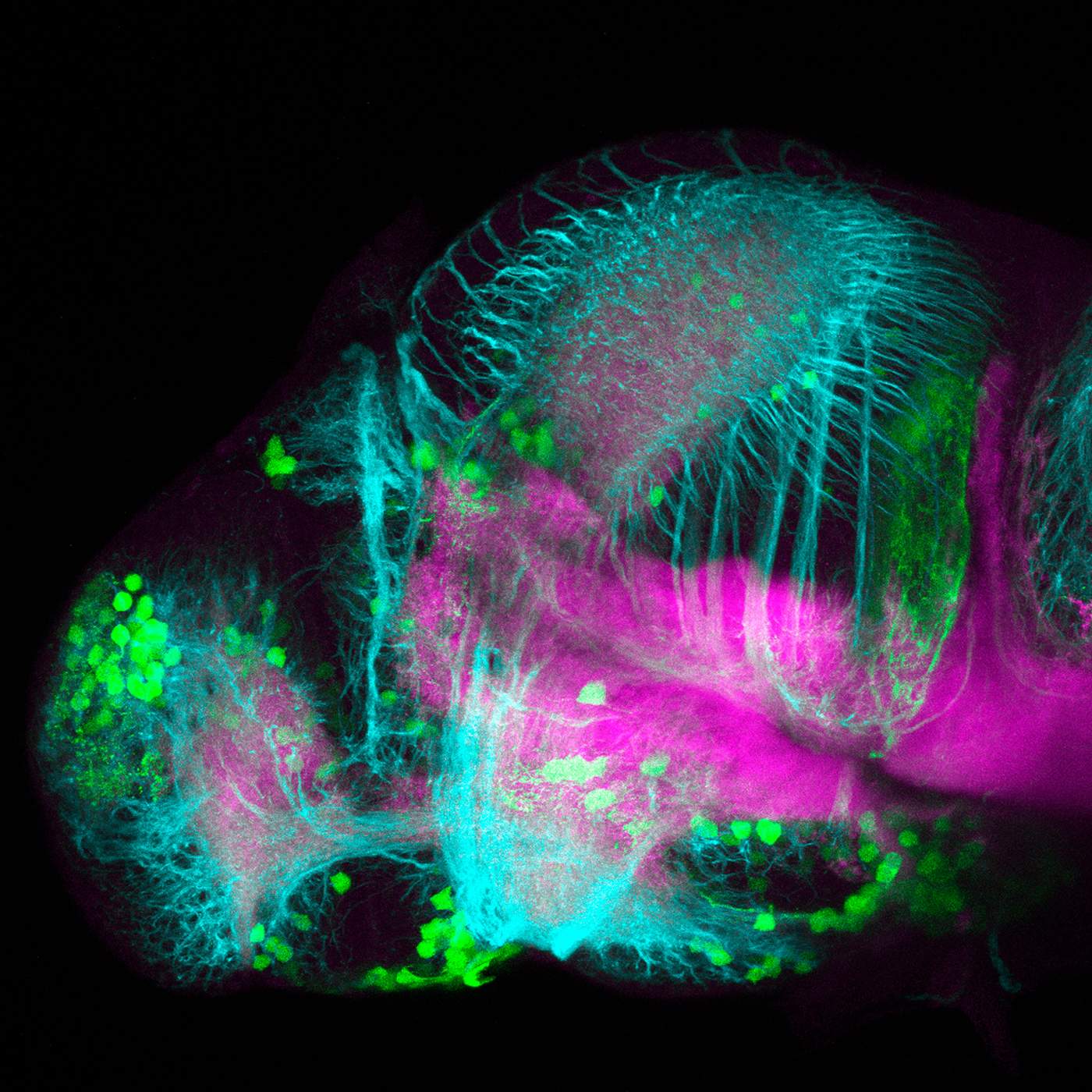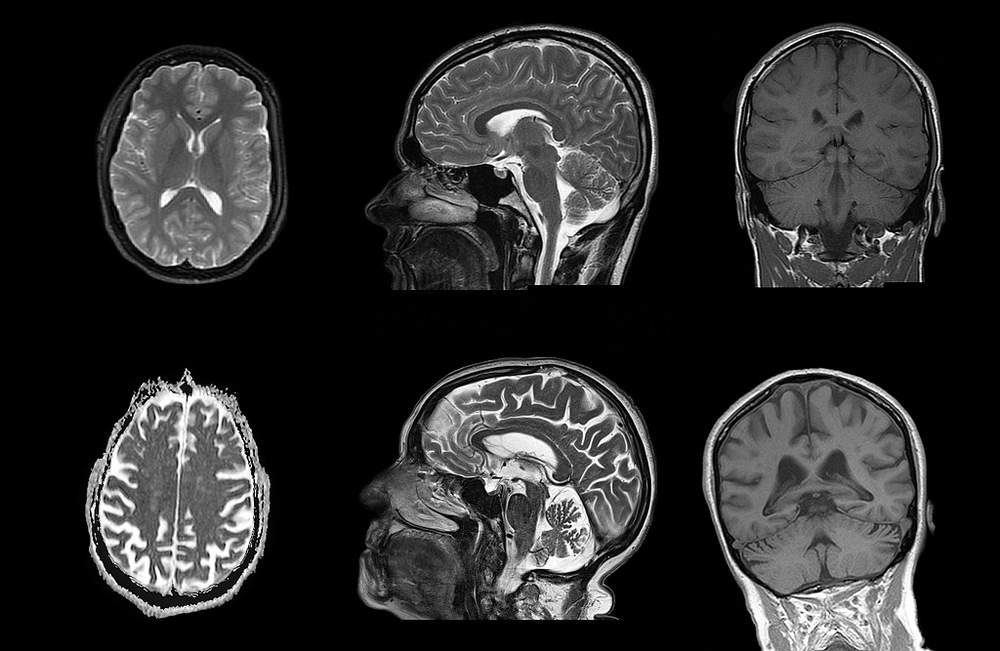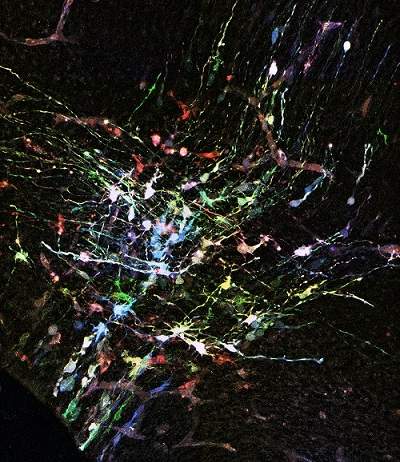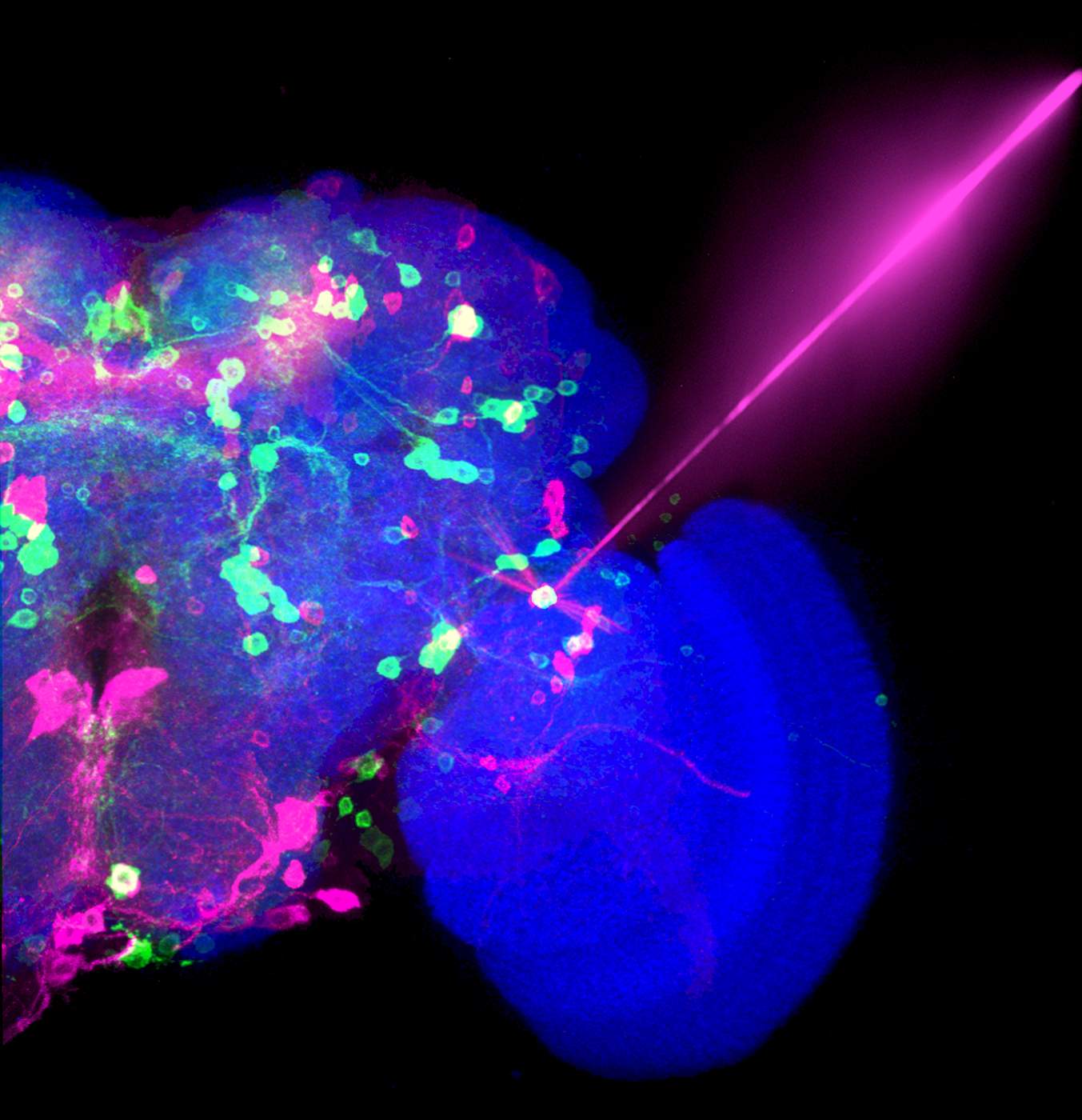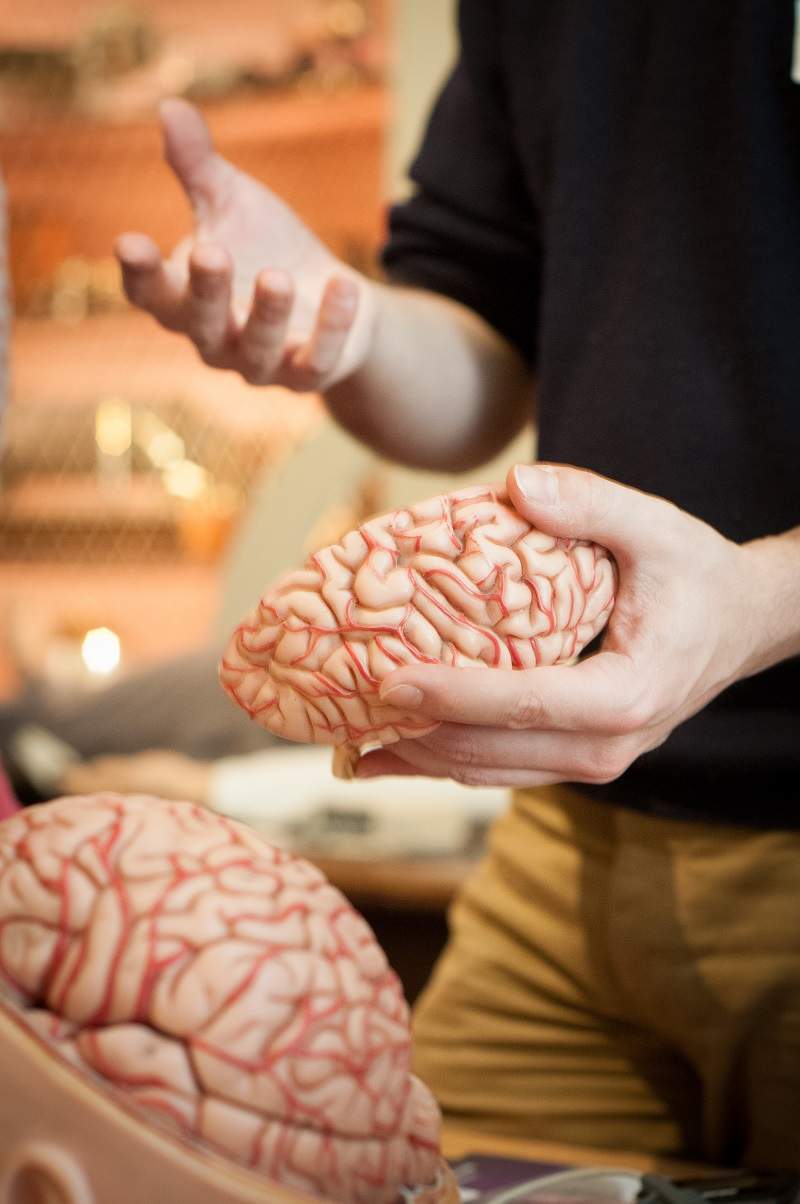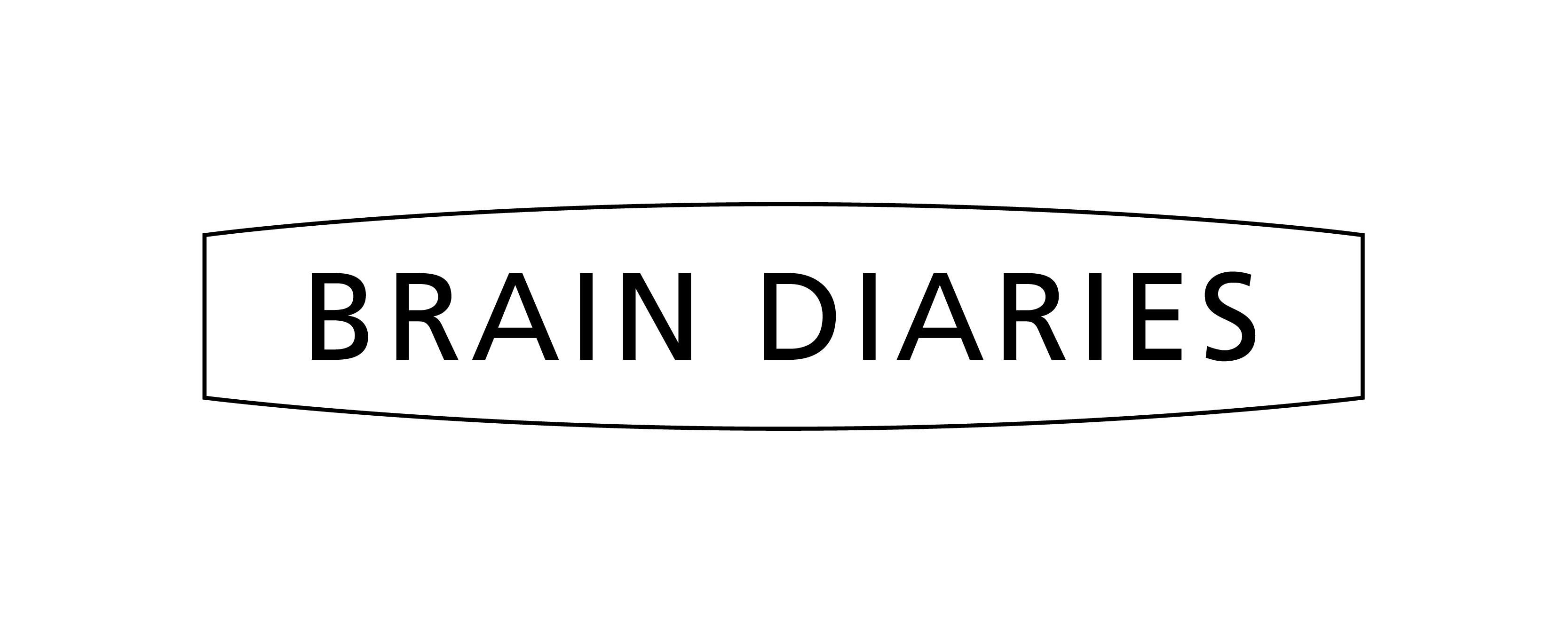
Baby, child, teenager, adult…
Throughout your life, your brain undergoes extraordinary changes.
Fascinating physical developments in your brain unlock each new chapter as you grow. And with billions of neurons and trillions of connections, it responds to your experiences to make you the person you are.
What does the latest research tell us about how
our brains work, from the minute we are conceived to the moment we die?
Explore the Brain Diaries to find out....

You are smart.
In a complex, social world, you need to be self-aware, solve problems and use language – and through evolution, your brain has adapted to make you better at this than any other species.
All mammal brains, including yours, have an outer layer called the cerebral cortex. But what makes your brain different is the number of neurons in this layer. If you spread it out and smoothed all the folds, called sulci, its area would be more than 2,500 square centimetres.
The cortex consists of a layer of grey matter containing 86 billion brain cells, with a layer of white matter underneath. This is where the trillions of axons connect your neurons together at junctions called synapses.
Mammal brains: the story so far
Even the earliest organisms on Earth had cells that could send and receive signals using chemical or electrical impulses. Over 550 million years ago, in the earliest ancestor of all animals with one plane of symmetry, these cells developed into a simple nervous system with a small brain.
Fish gradually evolved brain structures that we still recognise in ourselves – the amygdala which processes emotions like fear, the basal ganglia that controls voluntary movement, and systems that relate to vision, memory and reward.
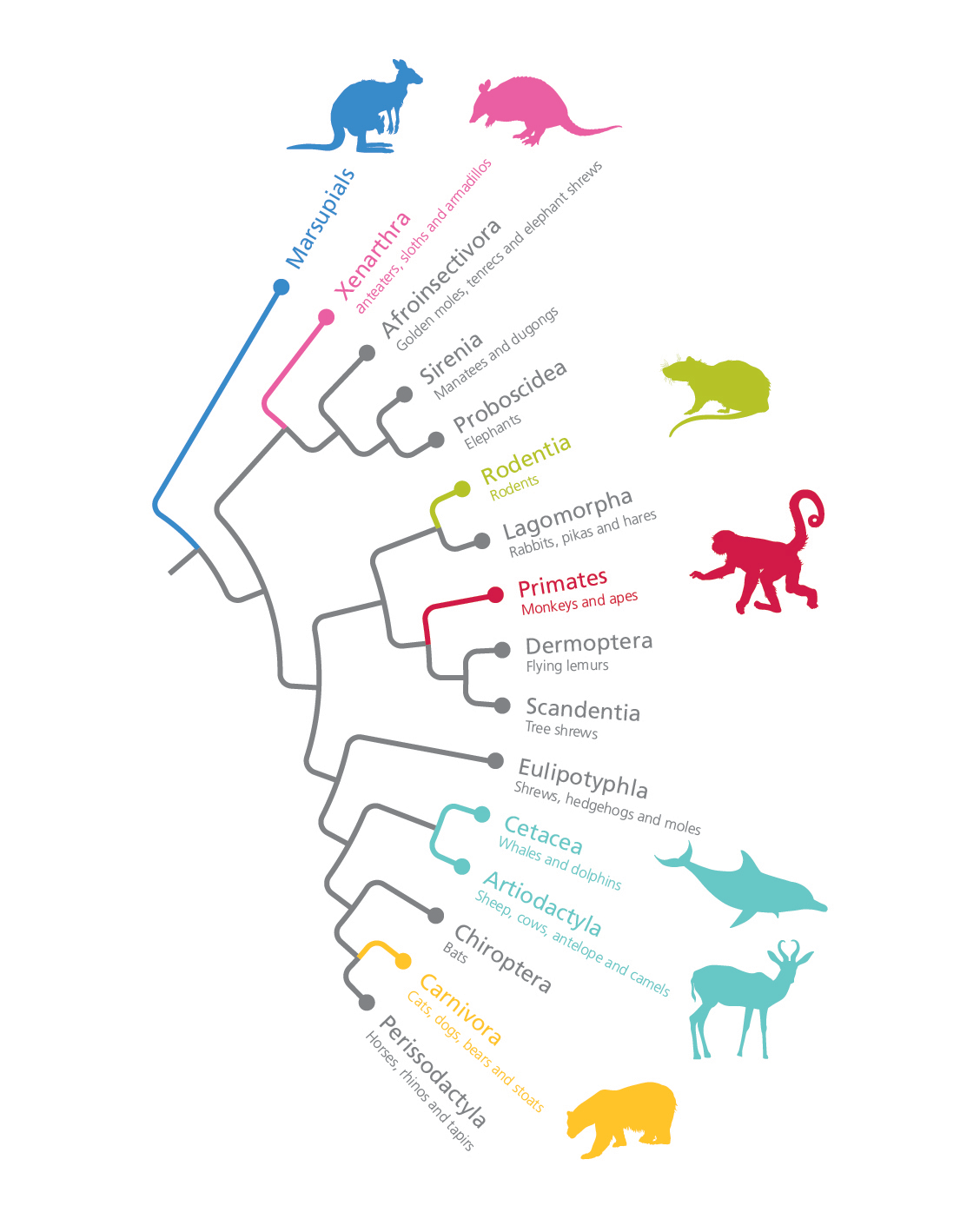
The evolutionary tree of marsupial and placental mammals – the Theria – has been dramatically revised in recent years as a result of new genetic analyses.
Mammals branched from the reptile lineage 320 million years ago, on dry land. Their brains grew larger and one group, the primates, developed particularly large brains as an adaptation to living in trees. From this group the modern human brain evolved around 200,000 years ago.





Brains and genes
What’s the secret of staying fit and well into later life?
A large-scale study called UK Biobank is hoping to shed light on this question by scanning the brains of 5,000 healthy people aged 40–69. The Biobank brain scans look at the structure, function and neural connections in the brain, providing a huge amount of information for scientists to draw on.
This is an example of so-called Big Data, where large numbers of examples can reveal patterns that are otherwise very difficult to see.
The Big Brain Competition
Brain Diaries introduces some of the fundamental developments occurring in the life of the human brain. But there is much that remains to be investigated and better understood in this rapidly developing field.
To coincide with the exhibition at the Museum of Natural History an Oxford University research team offered the chance to use state-of-the-art MRI scanners to investigate the brain, asking the public what they would you like to know.
Read about the results of the Big Brain Competition entries here.
Brain Diaries - Modern Neuroscience in Action was created by:
University of Oxford
Museum of Natural History
Oxford Neuroscience and the Medical Sciences Division
Department of Experimental Psychology
Research and writing
Rebecca Mileham
Design
Giraffe Corner
Interactive design
Fish in a Bottle
The exhibition was generously supported by
Wellcome
Arts Council England
The Negaunee Foundation


